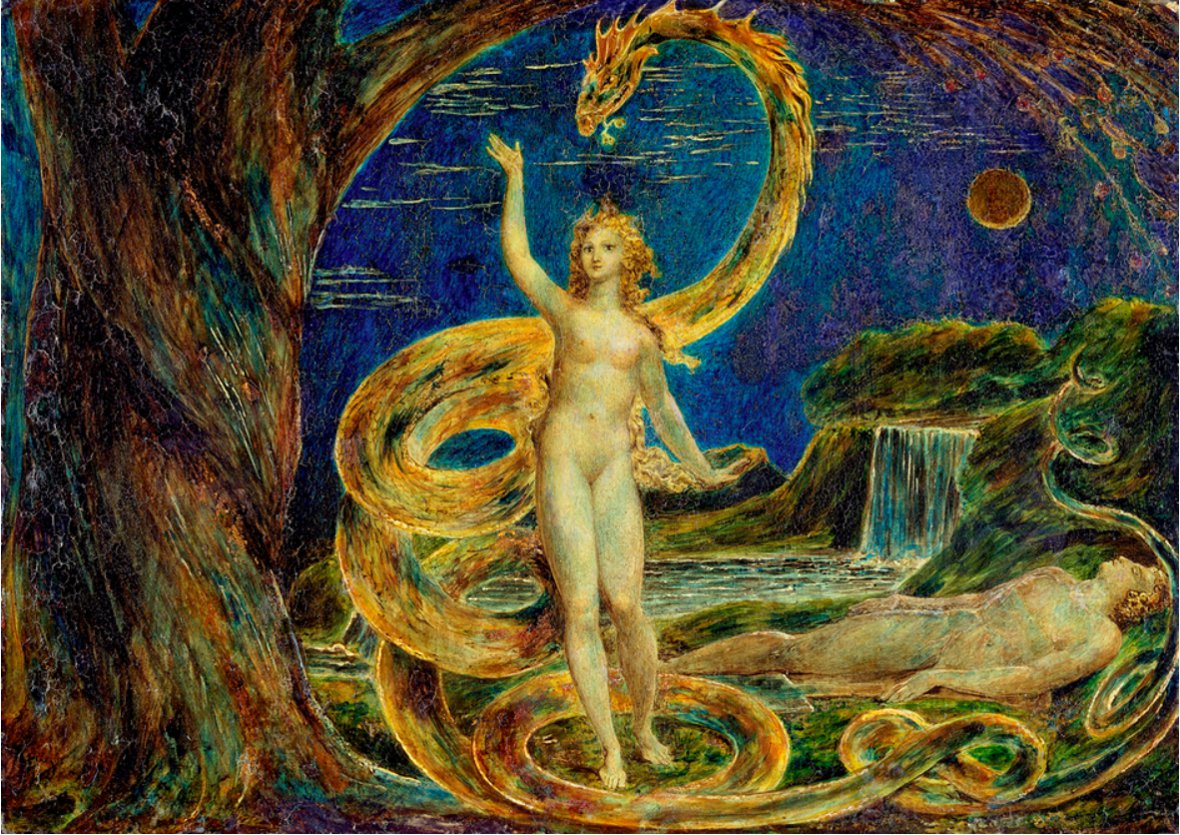|
Piñata
A piñata (, ) is a container, often made of papier-mâché, pottery, or cloth, that is decorated, filled with candy, and then broken as part of a celebration. Piñatas are commonly associated with Mexico. The idea of breaking a container filled with treats came to Europe in the 14th century. The Spanish brought the European tradition to Mexico, although there were similar traditions in Mesoamerica, such as the Aztecs' honoring the birthday of the god Huītzilōpōchtli in mid-December. According to local records, the Mexican piñata tradition began in the town of Acolman, just north of Mexico City, where piñatas were introduced for catechism purposes as well as to co-opt the Huitzilopochtli ceremony. Today, the piñata is still part of Mexican culture, the cultures of other countries in Latin America, as well as the United States, but it has mostly lost its religious character. Etymology The Spanish word probably derives from the Italian 'fragile pot,' itself from It m ... [...More Info...] [...Related Items...] OR: [Wikipedia] [Google] [Baidu] |
Las Posadas
''Las Posadas'' is a ''novenario'' (an extended devotional prayer). It is celebrated chiefly in Latin America, Mexico, Guatemala, Honduras, and by Latin Americans in the United States. It is typically celebrated each year between December 16 and December 24. Latin American countries have continued to celebrate the holiday, with very few changes to the tradition. Etymology ''Las Posadas'' derives from the Spanish word ''posada'' (''lodging'', or '' accommodation'') which, in this case, refers to the inn from the Nativity story. It uses the plural form as the celebration lasts for a nine-day interval (called the ''novena'') during the Christmas season, which represents the nine-month pregnancy of Mary, the mother of Jesus Christ. History This celebration has been a Mexican tradition for over 400 years, starting in 1586. Many Mexican holidays include dramatizations of original events, a tradition which has its roots in the ritual of Bible plays used to teach religious doctrine t ... [...More Info...] [...Related Items...] OR: [Wikipedia] [Google] [Baidu] |
Acolman
Acolman de Nezahualcóyotl is a town and municipality located in the northern part of State of Mexico, part of the Greater Mexico City area, just north of the city proper. According to myth, the first man was placed here after being taken out of Lake Texcoco. In the community of Tepexpan, the fossilized bones more than 12,000 years old of a man were found in the 20th century. The settlement was founded in the 8th century and was an important commerce center at the time of the Spanish conquest of the Aztec Empire. After the Conquest, Acolman became the site of an important Augustinian monastery in the 16th century which still contains important art and architecture from that time period. History According to an ancient myth, when the gods created the first man, they took him from the waters of Lake Texcoco and placed him alone in Acolman. The arm of this man, ringed by drops of water from the lake is the Aztec glyph for the site. The glyph can also be seen on the monastery wh ... [...More Info...] [...Related Items...] OR: [Wikipedia] [Google] [Baidu] |
Papier-mâché
upright=1.3, Mardi Gras papier-mâché masks, Haiti upright=1.3, Papier-mâché Catrinas, traditional figures for day of the dead celebrations in Mexico Papier-mâché (, ; , literally "chewed paper") is a composite material consisting of paper pieces or pulp, sometimes reinforced with textiles, bound with an adhesive, such as glue, starch, or wallpaper paste. Papier-mâché sculptures are used as an economical building material for a variety of traditional and ceremonial activities, as well as in arts and crafts. Preparation methods There are two methods to prepare papier-mâché. The first method makes use of paper strips glued together with adhesive, and the other uses paper pulp obtained by soaking or boiling paper to which glue is then added. With the first method, a form for support is needed on which to glue the paper strips. With the second method, it is possible to shape the pulp directly inside the desired form. In both methods, reinforcements with wire, ... [...More Info...] [...Related Items...] OR: [Wikipedia] [Google] [Baidu] |
State Of Mexico
The State of Mexico ( es, Estado de México; ), officially just Mexico ( es, México), is one of the 32 federal entities of the United Mexican States. Commonly known as Edomex (from ) to distinguish it from the name of the whole country, it is the most populous, as well as the most densely populated, state in the country. Located in South-Central Mexico, the state is divided into 125 municipalities. The state capital city is Toluca de Lerdo ("Toluca"), while its largest city is Ecatepec de Morelos ("Ecatepec"). The State of Mexico surrounds Mexico City on three sides and borders the states of Querétaro and Hidalgo to the north, Morelos and Guerrero to the south, Michoacán to the west, and Tlaxcala and Puebla to the east. The territory that now comprises the State of Mexico once formed the core of the Pre-Hispanic Aztec Empire. During the Spanish colonial period, the region was incorporated into New Spain. After gaining independence in the 19th century, Mexico Cit ... [...More Info...] [...Related Items...] OR: [Wikipedia] [Google] [Baidu] |
Temptation
Temptation is a desire to engage in short-term urges for enjoyment that threatens long-term goals.Webb, J.R. (Sep 2014). Incorporating Spirituality into Psychology of temptation: Conceptualization, measurement, and clinical implications. Spirituality in Clinical Practice. 1.3. PP: 231-241 In the context of some religions, temptation is the inclination to sin. Temptation also describes the coaxing or inducing a person into committing such an act, by manipulation or otherwise of curiosity, desire or fear of loss something important to a person. In the context of self-control and ego depletion, temptation is described as an immediate, pleasurable urge and/or impulse that disrupts an individuals ability to wait for the long-term goals, in which that individual hopes to attain. More informally, temptation may be used to mean "the state of being attracted and enticed" without anything to do with moral, ethical, or ideological valuation; for example, one may say that a piece of ... [...More Info...] [...Related Items...] OR: [Wikipedia] [Google] [Baidu] |
Catholic Church In Mexico
, native_name_lang = , image = Catedral_de_México.jpg , imagewidth = 250px , alt = , caption = The Mexico City Metropolitan Cathedral. , abbreviation = , type = National polity , main_classification = Catholic , orientation = Roman Catholic , scripture = Bible , theology = Catholic theology , polity = Episcopal , governance = CEM , structure = , leader_title = Pope , leader_name = Francis , leader_title1 = President , leader_name1 = Francisco Robles Ortega , leader_title2 = , fellowships_type1 = , fellowships1 = , division_type = , division = , division_type1 = , division1 = , division_type2 = , division2 = , division_type3 = , division3 = , associations = , founder = Juan de Zumárraga , a ... [...More Info...] [...Related Items...] OR: [Wikipedia] [Google] [Baidu] |
Catechism
A catechism (; from grc, κατηχέω, "to teach orally") is a summary or exposition of doctrine and serves as a learning introduction to the Sacraments traditionally used in catechesis, or Christian religious teaching of children and adult converts. Catechisms are doctrinal manuals – often in the form of questions followed by answers to be memorised – a format that has been used in non-religious or secular contexts as well. According to Norman DeWitt, the early Christians appropriated this practice from the Epicureans, a school whose founder Epicurus had instructed to keep summaries of the teachings for easy learning. The term '' catechumen'' refers to the designated recipient of the catechetical work or instruction. In the Catholic Church, catechumens are those who are preparing to receive the Sacrament of Baptism. Traditionally, they would be placed separately during Holy Mass from those who had been baptized, and would be dismissed from the liturgical assembly before ... [...More Info...] [...Related Items...] OR: [Wikipedia] [Google] [Baidu] |
Lent
Lent ( la, Quadragesima, 'Fortieth') is a solemn religious observance in the liturgical calendar commemorating the 40 days Jesus spent fasting in the desert and enduring temptation by Satan, according to the Gospels of Matthew, Mark and Luke, before beginning his public ministry. Lent is observed in the Anglican, Eastern Orthodox, Lutheran, Methodist, Moravian, Oriental Orthodox, Persian, United Protestant and Roman Catholic traditions. Some Anabaptist, Baptist, Reformed (including certain Continental Reformed, Presbyterian and Congregationalist churches), and nondenominational Christian churches also observe Lent, although many churches in these traditions do not. Which days are enumerated as being part of Lent differs between denominations (see below), although in all of them Lent is described as lasting for a total duration of 40 days. In Lent-observing Western Churches, Lent begins on Ash Wednesday and ends approximately six weeks later; depending on the Chri ... [...More Info...] [...Related Items...] OR: [Wikipedia] [Google] [Baidu] |
Augustinians
Augustinians are members of Christian religious orders that follow the Rule of Saint Augustine, written in about 400 AD by Augustine of Hippo. There are two distinct types of Augustinians in Catholic religious orders dating back to the 12th–13th centuries: * Various congregations of Canons Regular also follow the Rule of Saint Augustine, embrace the evangelical counsels and lead a semi-monastic life, while remaining committed to pastoral care appropriate to their primary vocation as priests. They generally form one large community which might serve parishes in the vicinity, and are organized into autonomous congregations. * Several orders of friars who live a mixed religious life of contemplation and apostolic ministry. The largest and most familiar is the Order of Saint Augustine (OSA), founded in 1244 and originally known as the Hermits of Saint Augustine (OESA). They are commonly known as the Austin Friars in England. Two other orders, the Order of Augustinian Recollec ... [...More Info...] [...Related Items...] OR: [Wikipedia] [Google] [Baidu] |
Seven Deadly Sins
The seven deadly sins, also known as the capital vices or cardinal sins, is a grouping and classification of vices within Christian teachings. Although they are not directly mentioned in the Bible, there are parallels with the seven things God is said to hate in the Book of Proverbs. Behaviours or habits are classified under this category if they directly give rise to other immoralities. According to the standard list, they are pride, greed, wrath, envy, lust, gluttony and sloth, which are contrary to the seven capital virtues. This classification originated with the Desert Fathers, especially Evagrius Ponticus. Evagrius' pupil John Cassian with his book ''The Institutes'' brought the classification to Europe, where it became fundamental to Catholic confessional practices as documented in penitential manuals, sermons such as " The Parson's Tale" from Chaucer's '' Canterbury Tales'' and artworks such as Dante's ''Purgatory'' where the penitents of Mount Purgatory are gr ... [...More Info...] [...Related Items...] OR: [Wikipedia] [Google] [Baidu] |






